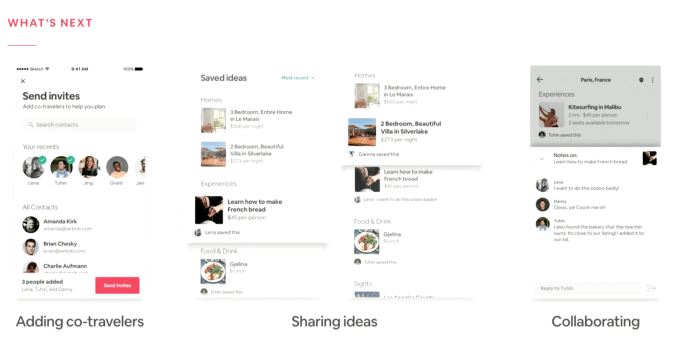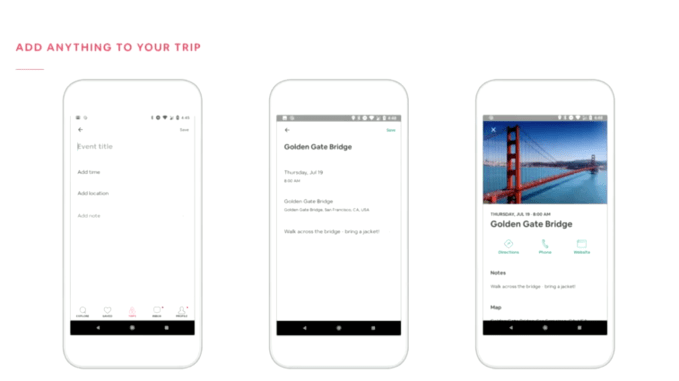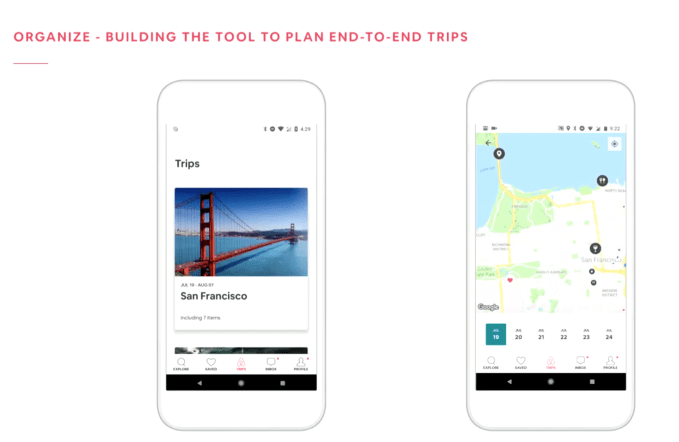It reminds me of something out of Blade Runner.
Maybe it’s because it looks a bit futuristic – a bit unreal. Maybe it’s because I’m looking at an ad somewhere I never expected to see one, like the skyscraper-height ads of Ridley Scott’s future.
Grabb-It turns a car’s side rear window into a full color display, playing location-aware ads to anyone who might be standing curbside. They’re currently aiming to work with rideshare/delivery drivers, enabling them to make a bit of extra coin while doing the driving they’re already doing.
As the driver crosses town, the ads can automatically switch to focus on businesses nearby. Near the ball park? It might pitch you on tickets for tonight’s game. Over in The Mission? It could play an ad about happy hour at the bar behind you.

So how’s it work? I couldn’t figure it out at first glance – but once they opened the car door, it all clicked.
The key: projection. It turns your window into a rear projection TV on wheels, of sorts.
Grabb-It applies a material to the inside of a car’s right rear window to act as a projection surface. The material is thin enough that the window can still be opened — but, in what might annoy some passengers, not thin enough that you can see much through it. They mount a small projector inside the car and point it toward the window, blasting an image bright enough to see from the outside. I saw it running in a dim below-ground parking lot and outside in direct sunlight, and the image was surprisingly clear in both cases.
The end result is quite neat to see (which is something I’m really not used to saying about tech meant to show me ads.) Because the projection material is custom cut for each car, the image can cover pretty much the entire surface of the window glass. It gives the illusion of a display custom built for the contours of the car.

It’s meant to only run when the driver is between rides. Once a passenger hops in the car, the projector is shut off – because, well, no one wants a projector blasting light in their face on the way to their next meeting.
While the company is working on its own hardware kit, the build I saw was an early iteration running a small off-the-shelf projector. Even at this stage, it’s a pretty effective demo. While this prototype requires the driver to manually toggle the projector by remote control, Grabb-It’s founders tell me their eventual hardware will automatically detect when the rear doors open and cut the projector on-the-fly. The image juddered a bit as the idling engine vibrated, though that seems like something that could be improved with better damping.
I am a bit wary of the distraction factor; will a fully animated ad playing on the car next to you work out to eyes off the road ahead? While Grabb-It tells me they’re working with the proper authorities to ensure it’s all road-legal, I imagine people might contest it as more cars utilizing the tech hit the streets.
Grabb-It says they’ll cover the cost of installation for drivers – and if a driver decides to remove it, it’s just a matter of unmounting the projector and peeling the projection material from the window.
The company tells me it’s currently testing with around 25 drivers around San Francisco, with earnouts working out to around $300 a month for those driving 40 hours a week. It’s not enough to pay the bills on its own, but it’s a solid chunk of change for something that will, if all goes to plan, be entirely automated.
Grabb-It is part of Y Combinator’s Summer 2018 class, and has raised $100k outside of YC from Lyft founding investor Sean Aggarwal.
Source: Tech Crunch



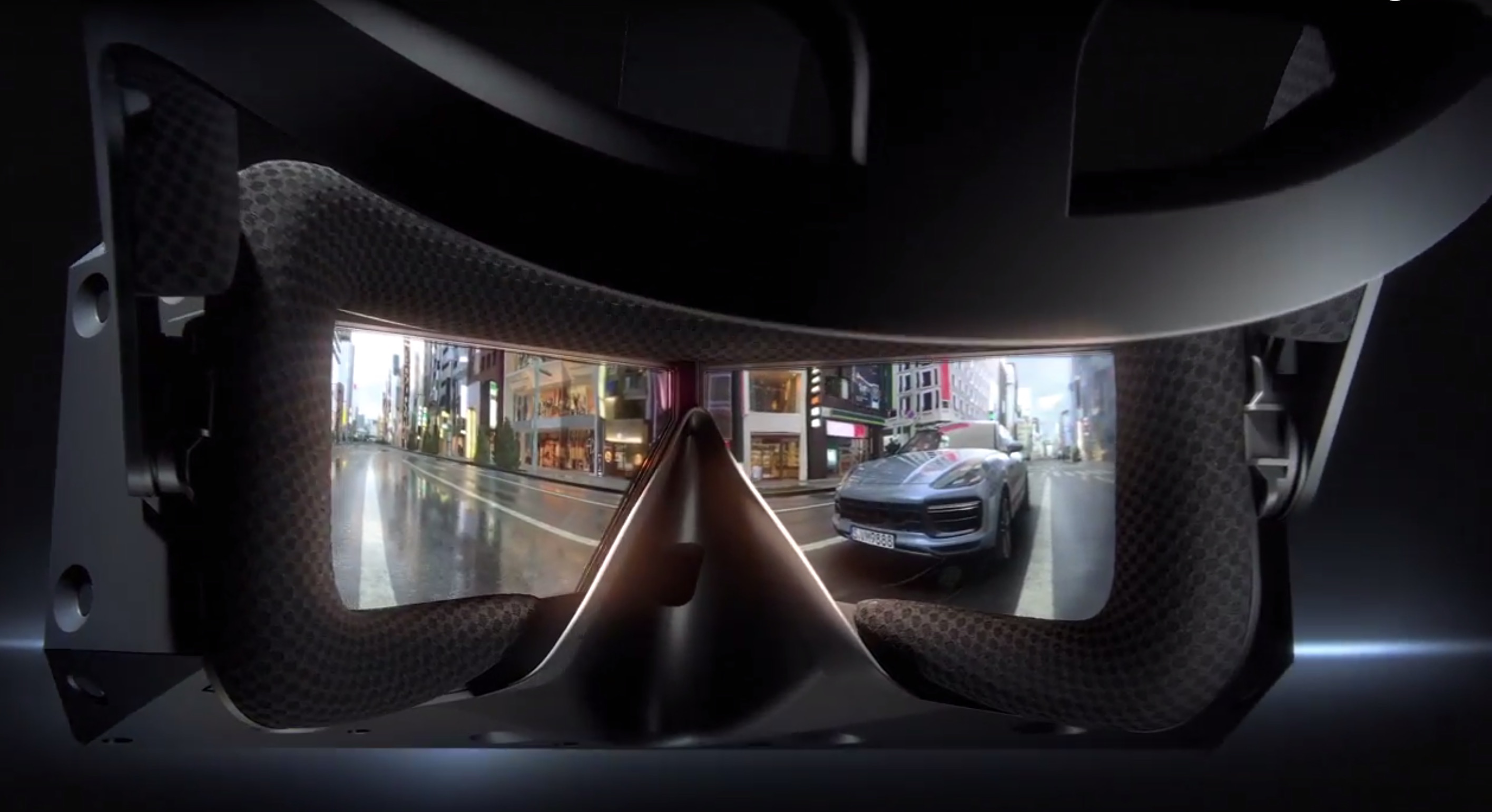 On Vive and Oculus sets I always had the feeling that I was looking through a hole into the VR world — a large hole, to be sure, but having your peripheral vision be essentially blank made it a bit claustrophobic.
On Vive and Oculus sets I always had the feeling that I was looking through a hole into the VR world — a large hole, to be sure, but having your peripheral vision be essentially blank made it a bit claustrophobic.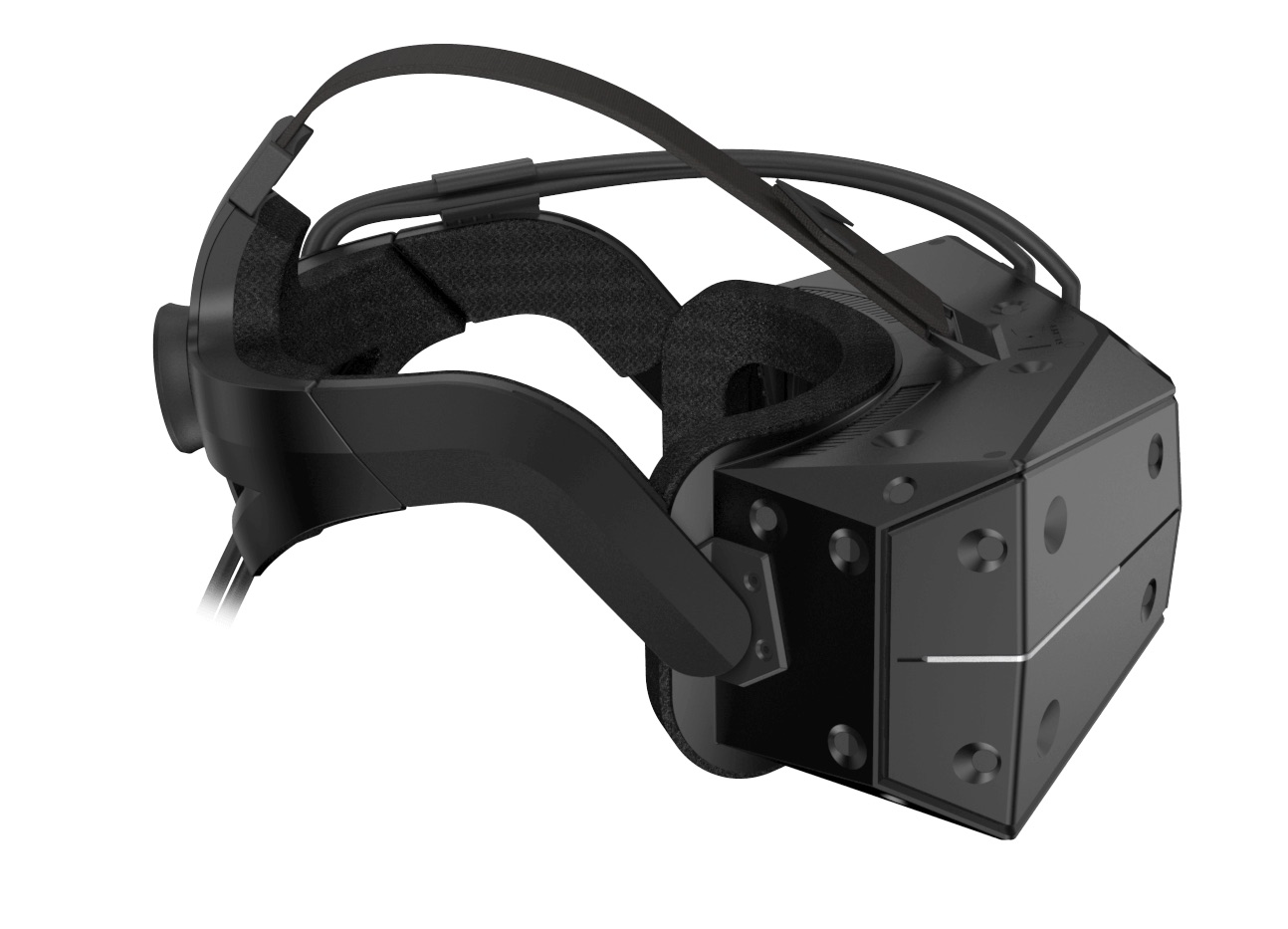 The resolution of the custom AMOLED display is supposedly 5K. But the company declined to specify the actual resolution when I asked. They did, however, proudly proclaim full RGB pixels and 16 million sub-pixels. Let’s do the math:
The resolution of the custom AMOLED display is supposedly 5K. But the company declined to specify the actual resolution when I asked. They did, however, proudly proclaim full RGB pixels and 16 million sub-pixels. Let’s do the math: The other major new inclusion is an eye-tracking system provided by Tobii. We knew eye-tracking in VR was coming; it was demonstrated at CES, and the Fove Kickstarter showed it was at least conceivable to integrate into a headset now-ish.
The other major new inclusion is an eye-tracking system provided by Tobii. We knew eye-tracking in VR was coming; it was demonstrated at CES, and the Fove Kickstarter showed it was at least conceivable to integrate into a headset now-ish.